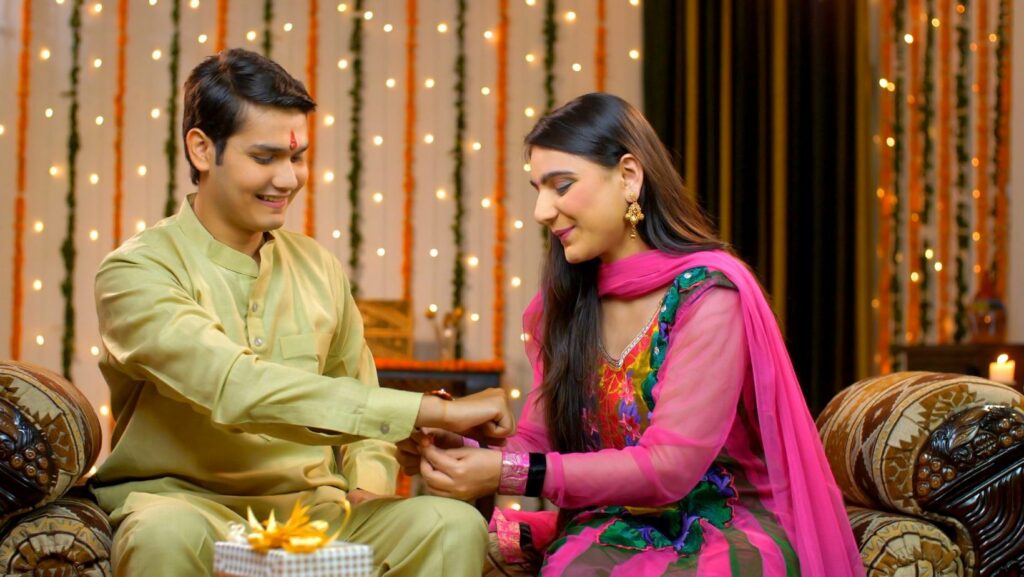Relationship Development Model

In the realm of interpersonal dynamics, understanding the intricacies of relationship development is paramount. A relationship development model serves as a guiding framework, shedding light on the stages and processes that shape the evolution of connections between individuals. It’s a roadmap that illuminates the journey from initial acquaintance to deep emotional bonds.
Exploring the nuances of this model unveils valuable insights into how relationships grow and transform over time. By delving into the psychological and emotional dimensions at play, one can navigate the complexities of human connections with greater clarity and purpose. Whether in personal or professional settings, grasping the principles of a relationship development model can enhance communication, foster trust, and nurture meaningful interactions.
Exploring the dynamics of relationships is crucial for navigating human connections effectively. A relationship development model offers a structured framework that illuminates the various stages and processes integral to forming and nurturing connections between individuals. By delving into the psychological and emotional aspects inherent in relationships, one can enhance communication, build trust, and cultivate meaningful interactions in both personal and professional domains.
Key Components of the Relationship Development Model
Trust Building
Building trust is a foundational aspect of the Relationship Development Model. Trust forms the cornerstone of any relationship, facilitating open communication and fostering emotional connection. Establishing trust involves consistent actions, transparency, and reliability to create a secure environment for individuals to engage authentically.
Communication Patterns
Understanding communication patterns is another vital component of the Relationship Development Model. Effective communication is key to expressing emotions, thoughts, and needs, which are essential for building strong relationships. By recognizing and adapting to different communication styles, individuals can navigate conflicts, deepen connections, and strengthen bonds in various interpersonal dynamics.
Application of the Relationship Development Model
Fostering connections through the Relationship Development Model involves a strategic approach to building and enhancing relationships. This model provides a roadmap for individuals or groups to navigate the complexities of developing meaningful connections by understanding the stages and processes involved in relationship building.

Implementing the Relationship Development Model requires a deep dive into the psychological and emotional dimensions of human interaction. By acknowledging and addressing these aspects, individuals can improve communication, establish trust, and engage in more meaningful interactions. This heightened awareness allows for the creation of safe spaces where individuals feel secure to express themselves authentically.
Central to the application of the Relationship Development Model is the concept of trust building. This foundational element underscores the importance of consistent actions and transparent communication. By demonstrating reliability and openness, individuals can cultivate trust within relationships, fostering an environment conducive to genuine engagement and mutual understanding.
Effective communication lies at the core of the Relationship Development Model. Understanding communication patterns enables individuals to express their emotions and needs clearly, facilitating conflict resolution and fortifying interpersonal bonds. By honing their communication skills, individuals can navigate challenges more effectively and nurture healthier relationships.
Criticisms and Limitations
The Relationship Development Model, despite its strengths, faces certain criticisms and limitations that are essential to acknowledge. These drawbacks can impact the effectiveness of the model in certain contexts. One common critique is that the model may oversimplify the complexity of human relationships. While it provides a structured framework, real-life relationships are often intricate and influenced by various external factors not accounted for in the model.

Another limitation of the Relationship Development Model is its potential lack of flexibility in accommodating diverse relationship dynamics. Human connections are diverse and multifaceted, and a one-size-fits-all approach may not cater to the unique nuances of each relationship. This rigidity in the model’s application could hinder its adaptability to different interpersonal scenarios.
Additionally, critics point out that the model’s emphasis on trust building and consistent communication may not fully address power dynamics within relationships. Power imbalances, differing levels of vulnerability, and other dynamics play a significant role in shaping relationships, which the model may not adequately capture. Ignoring these aspects could lead to oversights in understanding the complexities of relationships.
Moreover, some argue that the model’s focus on emotional and psychological aspects may overlook practical considerations essential in relationship development. While emotions and trust are crucial, practical elements such as shared goals, interests, and external circumstances also influence relationship dynamics significantly. Neglecting these practical aspects could limit the model’s applicability in certain contexts.

